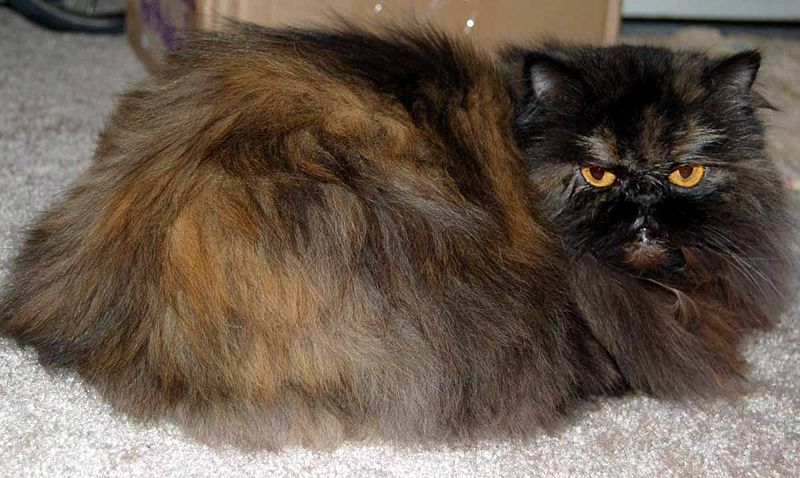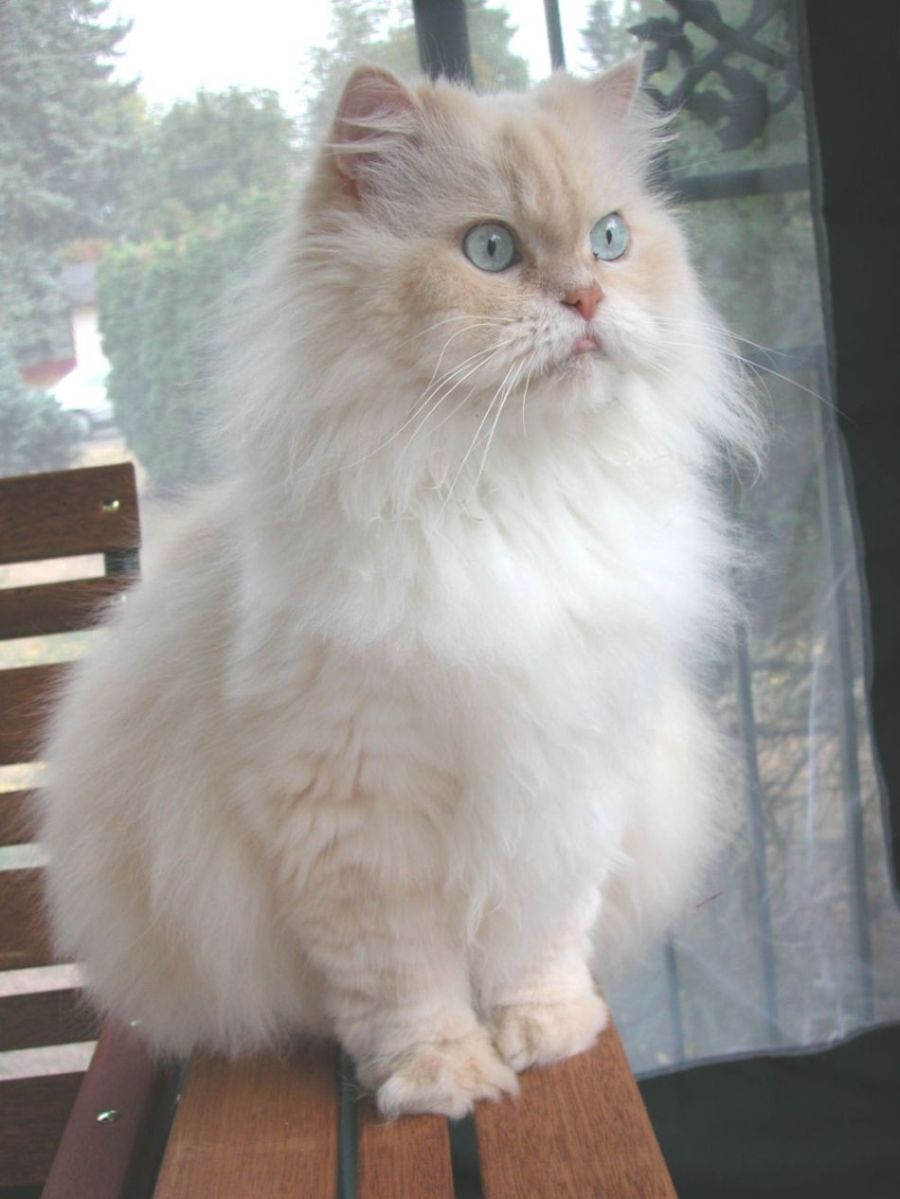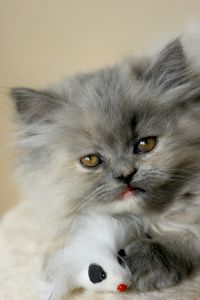Persian Cat Info
Persian Cat Info: History
Although the history of the Persian cat is relatively unknown, this breed of cat has been around for centuries. The exact origins of the Persian cat breed are not known but there are records of these longhaired cats in the first cat shows in Britain.
Early Persian cats had round heads, short faces and snub noses with full, round cheeks and a cobby body type. However, in the late 1800’s, cat fanciers started to look more for rounder heads, shorter noses, bigger eyes, smaller ears and cobbier bodies.
 Tortoiseshell Persian Cat
Tortoiseshell Persian Cat
The Persian cat was being imported into the USA in the 1900’s and this longhaired cat breed’s popularity started to grow worldwide. Silver Persians and Blue Persian were particularly popular. There are newspaper articles about breeders in America winning shows in 1900, 1901 and 1902.
The bi-color Persian was only recently recognized for competition but has been around since the beginning. These color Persian cats were however not very popular in the early years, but today it is one of the most popular colors.
Persian Cat Info: Description
The Persian cat is a medium to large sized muscular cat. They have short legs with a cobby body. The head is round with an open expression – many people compare their looks to that of the pansy flower. The tail is short and thick. The snub nose is right between the huge, round, copper colored eyes.
What makes the Persian cat breed stand out is its long, fluffy, luxurious coat. In the perfect example of the breed the coat would flow over the body to reach the floor and a heavy ruff will surround the head. The tail will be a thick, flowing plume.

There are two main textures of coat – a soft cottony one that diluted colors such as the blue and cream have and a silky one those dominant colors such as red and black have. The silky coat is shinier and more resilient than the cottony coat. The soft coat generally mats easily and needs even more attention.
Daily grooming should be done to keep the Persian cat’s gorgeous coat in top condition. A daily combing is essential to keep the coat tangle and mat free and to prevent hairballs. Tangles and mats not only look ugly, but they are also uncomfortable for your cat. You will have to cut out tangles and most likely hurt your Persian cat trying to brush out mats if you neglect grooming.
Regular bathing is recommended - start to establish a bathing routine when the Persian is still a kitten. Use a conditioner to make it easier to comb the hair. This will also prevent the hair from easily tangling. Ensure that you wipe your Persian cat’s eyes daily with damp cotton wool to remove anything that might irritate its large eyes.
Persian Cat Info: Personality & Temperament

The Persian cat prefers a small, quiet household because of its gentle nature. They are tolerant of children but do not like to be handled roughly – so if you have children and you are considering a Persian cat, make sure your kids know how to handle and respect this fluffy cat breed.
Persian cats have soft, musical voices but are not great talkers. They prefer to stay low down on the ground rather than jumping onto cupboards and tables. The Persian cat breed is not a very active cat but it will enjoy games with a toy mouse or a crumpled piece of paper. These are cats that can be left alone for parts of the day as they generally like to laze about in a sunny spot.







